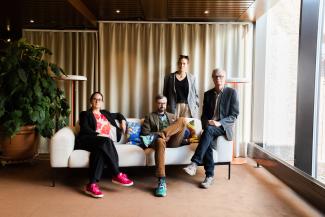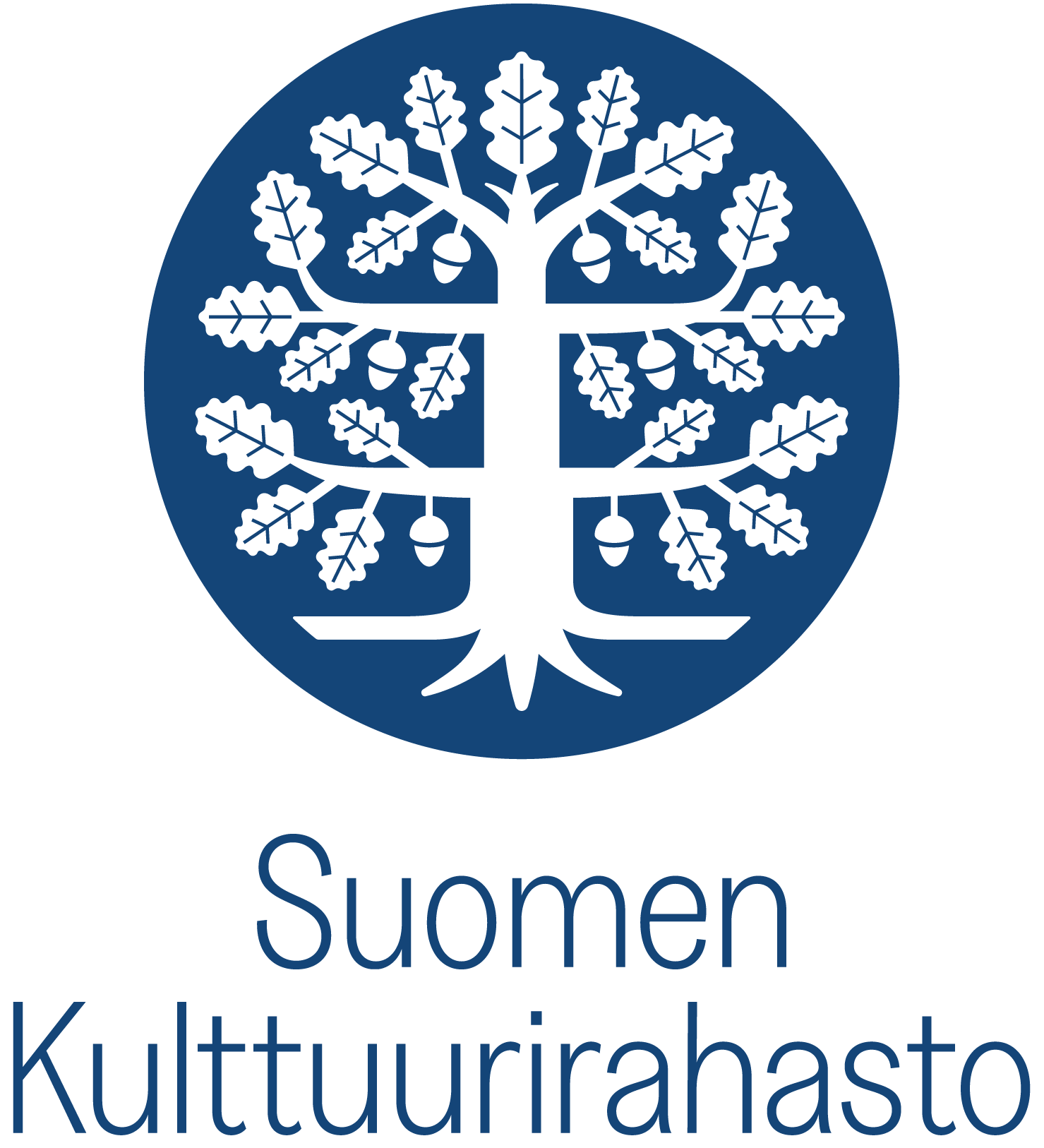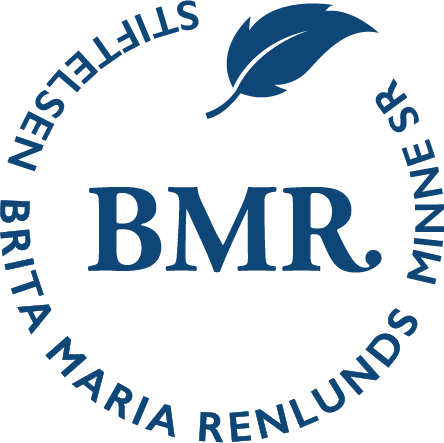
Unpacking the Contention Between Openness and Security in the Nordic Region: Digital Public Surveillance Practices at Three State Borders
The Nordics envisage themselves as the most open countries and together the most integrated region in the world. This puts high demands on national security. EU legislation has decreased national initiatives and policies on border control, while the 2015 refugee crisis and the covid-19 pandemic have once again underlined the importance of borders in the Nordic region. To maintain openness, trust and cohesion in a socially sustainable Nordic region, the Nordic countries have therefore invested in increased digital surveillance at their borders. This has attracted criticism for undermining the foundations of Nordic openness and threatening citizens' integrity, freedom and human rights.
The aim of the project is to research the tensions between Nordic openness and expectations of security that characterise the use of new forms of digital surveillance at the Nordic borders. The researchers will also study how existing standards and legislation, and changes in them, are taken into account in digital surveillance in the Nordic countries.
The research project concentrates on surveillance methods enabled by AI and machine learning. Today, enormous amounts of data are collected and analysed with the help of these tools. These include stationary surveillance systems, body cameras, drones, biometric scanning, facial recognition and sensors. These new technological possibilities are used by the authorities as well as private parties.
The project is carried out in three Nordic countries – Sweden, Norway and Denmark – and it’s divided into three individual projects. The first will map out how digital surveillance looks from a historical perspective. The second part will focus on three case studies that examine how digital surveillance is done in practice at the Øresund Bridge, at airports (Kastrup in Denmark, and Skavsta and Landvetter in Sweden) and at the land border crossings between Sweden and Norway.
The third part is based on the other two and consists of an exhibition with the aim of creating public debate and participation through so-called policy labs.
The project involves researchers with backgrounds in design studies, computer science, sociology, law, science and technology studies as well as organisation studies. The project takes place at the University of Gothenburg. It has been granted 990,000 euros.
Follow the project
Project group

Professor Elena Raviola (project leader), University of Gothenburg
Associate Professor, docent Marie Eneman, University of Gothenburg
Professor Jan Ljungberg, University of Gothenburg
University lecturer, docent Bertil Rolandsson, University of Gothenburg
Assistant lecturer, docent Matilda Arvidsson, The University of Gothenburg
Professor Gregor Noll, University of Gothenburg
Professor Ulf Petrusson, University of Gothenburg
Assistant Professor Vasileios-Spyridon Vlassis, IT University of Copenhagen
Associate Professor, PhD Vasilis Galis, IT University of Copenhagen
Associate Professor, PhD Ursula Plesner, Copenhagen Business School
Research Professor Bengt Andersen, Oslo Metropolitan University
Postdoctoral researcher, Luna Rasmussen, IT University of Copenhagen
Postdoctoral researcher, Amin Parsa, Lund University







